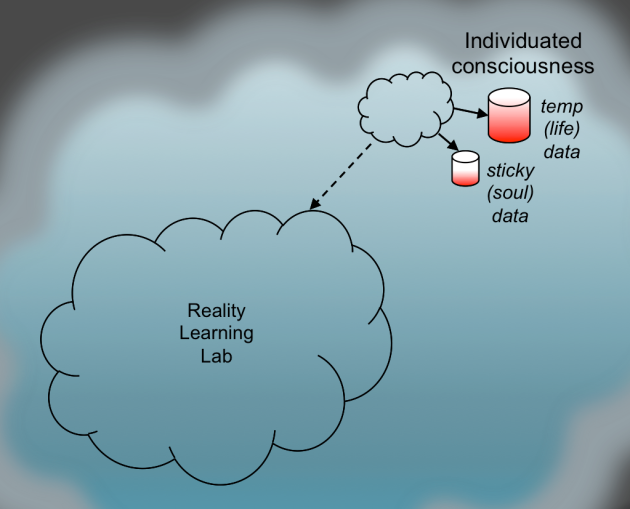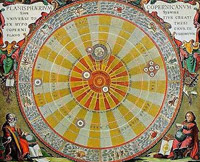Collapsing the Objective Collapse Theory
July 22, 2016 3 Comments
When I was a kid, I liked to collect things – coins, baseball cards, leaves, 45s, what have you. What made the category of collectible particularly enjoyable was the size and variety of the sample space. In my adult years, I’ve learned that collections have a downside – where to put everything? – especially as I continue to downsize my living space in trade for more fun locales, greater views, and better access to beaches, mountains, and wine bars. However, I do still sometimes maintain a collection, such as my collection of other people’s theories that attempt to explain quantum mechanics anomalies without letting go of objective materialism. Yeah, I know, not the most mainstream of collections, and certainly nothing I can sell on eBay, but way more fun than stamps.
The latest in this collection is a set of theories called “objective collapse” theories. These theories try to distance themselves from the ickyness (to materialists) of conscious observer-centric theories like the Copenhagen interpretation of quantum mechanics. They also attempt to avoid the ridiculousness of the exponentially explosive reality creation theories in the Many Worlds Interpretations (MWI) category. Essentially, the Objective Collapsers argue that there is a wave function describing the probabilities of properties of objects, but, rather than collapsing due to a measurement or a conscious observation, it collapses on its own due to some as yet undetermined, yet deterministic, process according to probabilities of the wave function.
Huh?
Yeah, I call BS on that. And point simply to the verification of the Quantum Zeno effect. Particles don’t change state while they are under observation. When you stop observing them, then they change state, not at some random time prior, as the Objective Collapse theories would imply, but at the exact time that you stop observing them. In other words, the timing of the observation is correlated with wave function collapse, completely undermining the argument that it is probabilistic or deterministic according to some hidden variables. Other better-physics-educated individuals than I (aka physicists) have also called BS on Objective Collapse theories due to other things such as the conservation of energy violations. But, of course there is no shortage of physicists calling BS on other physicists’ theories. That, by itself, would make an entertaining collection.
In any case, I would be remiss if I didn’t remind the readers that the Digital Consciousness Theory completely explains all of this stuff. By “stuff,” I mean not just the anomalies, like the quantum zeno effect, entanglement, macroscopic coherence, the observer effect, and quantum retrocausality, but also the debates about microscopic vs. macroscopic, and thought experiments like the time that Einstein asked Abraham Pais whether he really believed that the moon existed only when looked at, to wit:
- All we can know for sure is what we experience, which is subjective for every individual.
- We effectively live in a virtual reality, operating in the context of a huge and highly complex digital substrate system. The purpose of this reality is for our individual consciousnesses to learn and evolve and contribute to the greater all-encompassing consciousness.
- The reason that it feels “physical” or solid and not virtual is due to the consensus of experience that is built into the system.
- This virtual reality is influenced and/or created by the conscious entities that occupy it (or “live in it” or “play in it”; chose your metaphor)
- The virtual reality may have started prior to any virtual life developing, or it may have been suddenly spawned and initiated with us avatars representing the various life forms at any point in the past.
- Some things in the reality need to be there to start; the universe, earth, water, air, and, in the case of the more recent invocation of reality, lots of other stuff. These things may easily be represented in a macroscopic way, because that is all that is needed in the system for the experience. Therefore, there is no need for us to create them.
- However, other things are not necessary for our high level experience. But they are necessary once we probe the nature of reality, or if we aim to influence our reality. These are the things that are subject to the observer effect. They don’t exist until needed. Subatomic particles and their properties are perfect examples. As are the deep cause and effect relationships between reality elements that are necessary to create the changes that our intent is invoked to bring about.
So there is no need for objective collapse. Things are either fixed (the moon) or potential (the radioactive decay of a particle). The latter are called into existence as needed…
…Maybe











